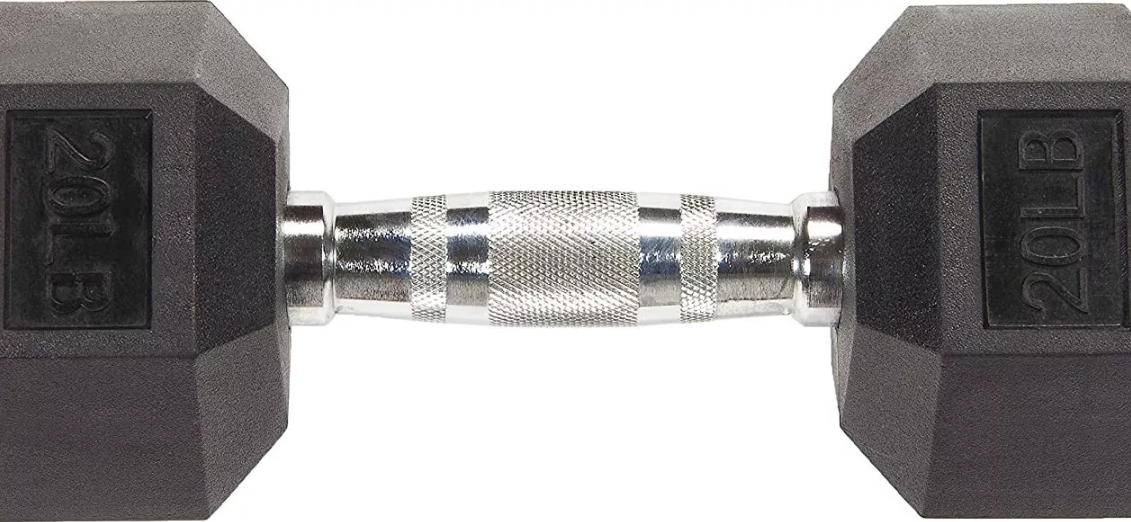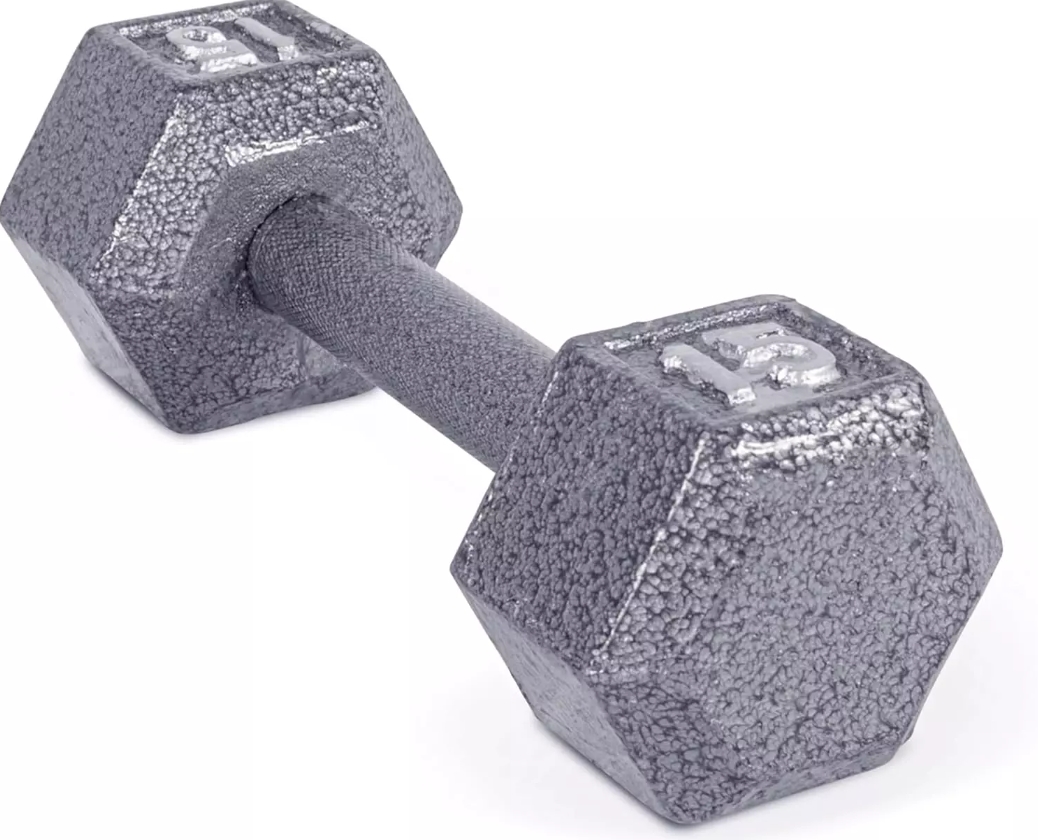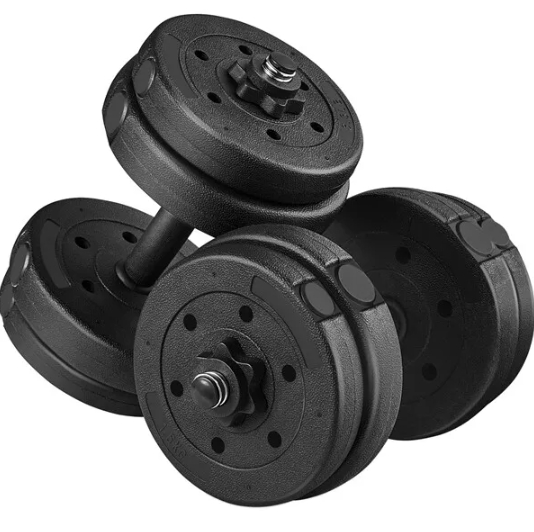Dumbbells are a common and practical piece of fitness equipment widely used for strength training and muscle building. It is not only suitable for beginners, but also meets the needs of experienced exercisers. Due to its simple construction and versatility, dumbbells have become an integral part of many people's fitness programs.
The design of the dumbbell is usually a lever with weight blocks at both ends, and due to the flexibility of its construction, the user can perform a number of different exercises. The advantage of dumbbells compared to other machines is that they can better exercise the core and stabilize the muscles. This is because when performing dumbbell training, the body needs extra strength to maintain balance, so it can effectively improve the coordination and stability of the body.
In strength training, dumbbells can be used to complete a variety of movements, such as bench presses, bends, shoulder presses and squats. These movements can not only increase muscle strength, but also promote muscle growth and building. For people who want to lose fat, dumbbell training is also effective, combined with high-intensity interval training can achieve better fat burning effect, improve heart and lung function.
In addition, the use of dumbbells and the flexibility of weight selection make it suitable for different levels and goals of exercisers. Beginners can use lighter weights and focus on the normativity of their movements, while gradually gaining weight as they gain strength to better challenge themselves. It is important to note that a reasonable training plan is as important as a scientific recovery time to prevent injuries caused by overtraining.
The portability of dumbbells is also one of the reasons for their popularity. Unlike large fitness equipment, dumbbells can be trained at home or outside,making exercise more convenient. In daily life, ten minutes of dumbbell training can effectively improve muscle endurance and strength.




